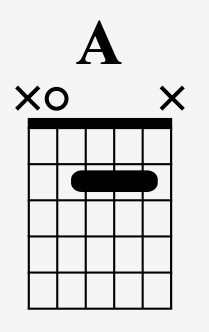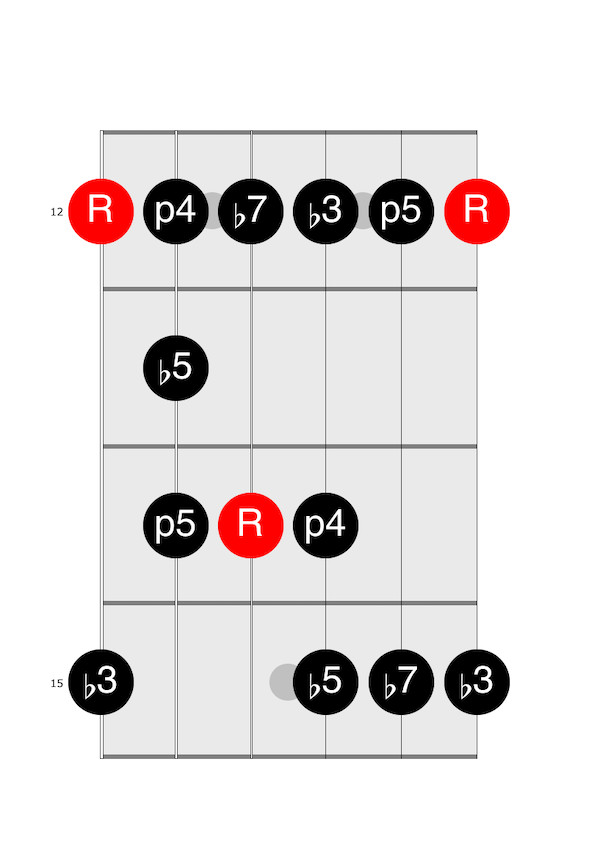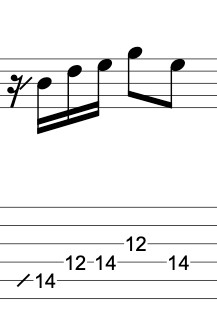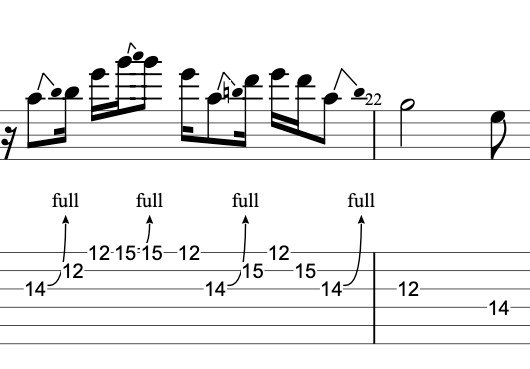“Hey Joe” is an iconic song, deeply intertwined with the legacy of Jimi Hendrix. While often credited to Hendrix, this timeless tune was actually penned by Billy Roberts. In this guitar lesson, we’ll break down the essential “Hey Joe Chords Guitar” players need to master to play this classic. We’ll explore the song’s history, the chords themselves, strumming patterns, and even touch upon the legendary guitar solo and bass line. Get your guitar tuned up, and let’s dive into learning “Hey Joe”!
The Story Behind Hey Joe
While Jimi Hendrix made “Hey Joe” a global anthem, the song’s origins trace back to the early 1960s and folk musician Billy Roberts. Roberts crafted the song, and his acoustic version laid the groundwork for the electric interpretations to come.
“Hey Joe” first gained traction when The Leaves, a band from Los Angeles, recorded it in 1965. Their rendition injected a rock energy into the song, achieving regional popularity in California. The Leaves’ version played a significant role in introducing “Hey Joe” to a wider audience within the music scene.
However, it was Jimi Hendrix and The Jimi Hendrix Experience’s electrifying version in 1966 that catapulted “Hey Joe” to international stardom. Hendrix’s rendition soared up the charts and became the definitive and most influential version of the song.
Countless artists across genres have covered “Hey Joe” over the years, yet Hendrix’s version remains the gold standard. His unique guitar approach and groundbreaking musicality are on full display in his interpretation. “Hey Joe” stands as a cornerstone of Hendrix’s repertoire and continues to be celebrated as one of his most enduring and recognizable songs.
Difficulty Level: How Hard is Hey Joe to Play?
The basic “hey joe chords guitar” progression of “Hey Joe” is quite accessible, making it a great song for beginner guitarists. However, capturing the nuances of Hendrix’s version, including his solos and rhythmic intricacies, demands a more advanced guitar skill set. For this lesson, we will focus on the foundational chords and rhythms to get you started.
Tuning Your Guitar for Hey Joe
Jimi Hendrix frequently tuned his guitar down a half step, a common practice in his music. This down-tuning would be:
- 6th string: Eb
- 5th string: Ab
- 4th string: Db
- 3rd string: Gb
- 2nd string: Bb
- 1st string: Eb
However, for “Hey Joe,” Hendrix used standard tuning. So, tune your guitar to standard tuning:
- 6th string: E
- 5th string: A
- 4th string: D
- 3rd string: G
- 2nd string: B
- 1st string: E
Essential Chords for Hey Joe
You only need five chords to play “Hey Joe”: C, G, D, A, and E. The song is in the key of E, but it starts with a C chord. Let’s look at how to play each of these “hey joe chords guitar” shapes.
C Chord
This C chord is played starting from the 5th string down:
G Chord
For the G chord, switch to playing all six strings:
Alt text: Open G chord diagram for guitar with fingers indicated.
D Chord
The D chord is played from the 4th string down:
A Chord
For the A chord, use your index finger to play this simplified version:
 A Chord Open Position One Finger
A Chord Open Position One Finger
E Chord
Finally, the E chord is played using all six strings:
Alt text: Standard open E chord diagram for guitar.
Hey Joe Chord Progression: The Structure
The entire chord progression for “Hey Joe” is just four bars long. The first two bars contain two chords each per bar:
Bar 1: C, G
Bar 2: D, A
The progression then concludes with two bars of E:
Bar 3 & 4: E
So, the complete four-bar “hey joe chords guitar” progression is:
C, G | D, A | E | E
This four-bar sequence repeats throughout the entire song.
Strumming Pattern for Hey Joe
If you’re new to the progression and finding chord changes a bit challenging, start by simply strumming each chord once per bar.
Once you feel more comfortable switching between chords, try incorporating a strumming pattern. Practice this pattern first on a single chord, like C.
This pattern is two beats long and repeats twice per bar. Use all downstrums except for the very last strum in the pattern:
1 e + a 2 e + a
D D D DU
Once you’ve mastered the strumming pattern on its own, try combining it with the “hey joe chords guitar” progression.
Mastering the Hey Joe Guitar Solo
To solo over “Hey Joe,” Hendrix primarily used the E minor blues scale. This scale provides the foundation for his iconic bluesy sound in the song. You can play this scale starting at the 12th fret:
 E Minor Blues Scale 12th Position
E Minor Blues Scale 12th Position
The notes in this position are:
- 6th string: 12th, 15th frets
- 5th string: 12th, 14th frets
- 4th string: 12th, 14th frets
- 3rd string: 12th, 14th, 15th frets
- 2nd string: 12th, 15th frets
- 1st string: 12th, 15th frets
Hendrix was a true blues master, and he drew heavily from these six notes to create his solos in “Hey Joe.”
Hendrix’s Soloing Techniques
String bending was a signature technique for Hendrix. For example, he would often bend the 15th fret (D) on the 2nd string up a full step to E.
Example 2 demonstrates quick bursts up the scale followed by descending movement:
 Soloing TAB Example 2
Soloing TAB Example 2
Example 3 showcases a classic blues lick, often referred to as the “Launching Point” lick, popularized by T-Bone Walker:
 Soloing TAB Example 3
Soloing TAB Example 3
Experimenting with techniques like bends, slides, vibrato, hammer-ons, and pull-offs will infuse your solos with expressiveness and dynamism. By combining these techniques with the blues scale, you’ll be well on your way to improvising your own “Hey Joe” solos.
The Iconic Hey Joe Bass Line
After the guitar solo, Hendrix introduces a catchy walking bass line riff that bridges the chord changes. It begins on the 3rd fret of the 5th string and employs an eighth-note rhythm:
 Hey Joe Bass Line Riff
Hey Joe Bass Line Riff
This bass line also serves as a fantastic way to conclude the song, often used in live performances as the recorded version fades out.
Conclusion: Unleash Your Inner Hendrix
“Hey Joe” is more than just a song; it’s a cultural touchstone inextricably linked to the guitar genius of Jimi Hendrix. Though originating from Billy Roberts, Hendrix’s rendition propelled it into legendary status.
By understanding the “hey joe chords guitar” progression, exploring the E minor blues scale, and practicing techniques like bends and vibrato, you can capture the spirit of Hendrix’s iconic guitar style. Remember to start slowly, practice consistently, and eventually, try playing along with the original recording. Happy blues jamming! To further your blues guitar journey, explore our guide to the 101 best blues songs to learn on guitar!

